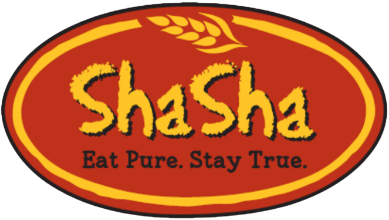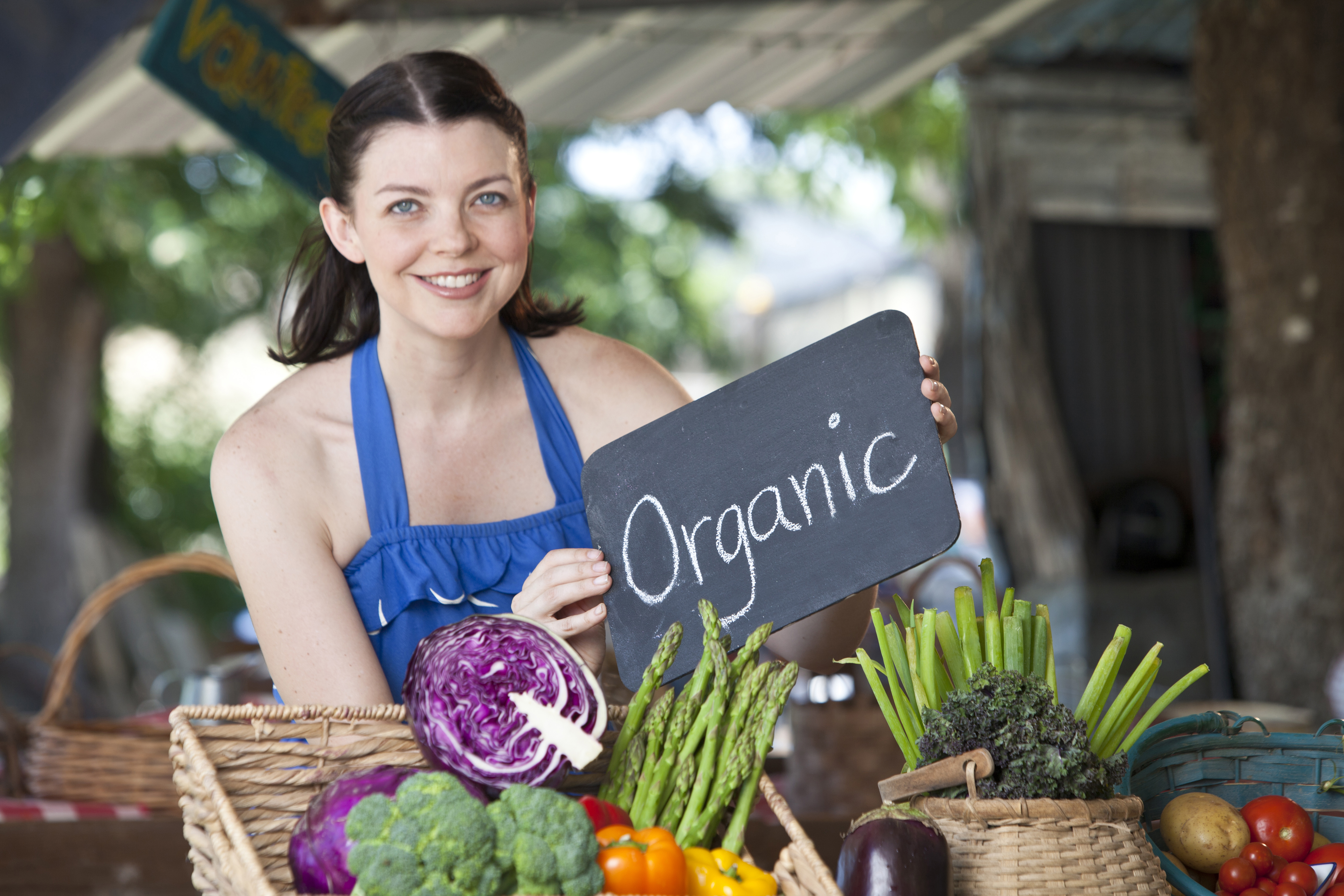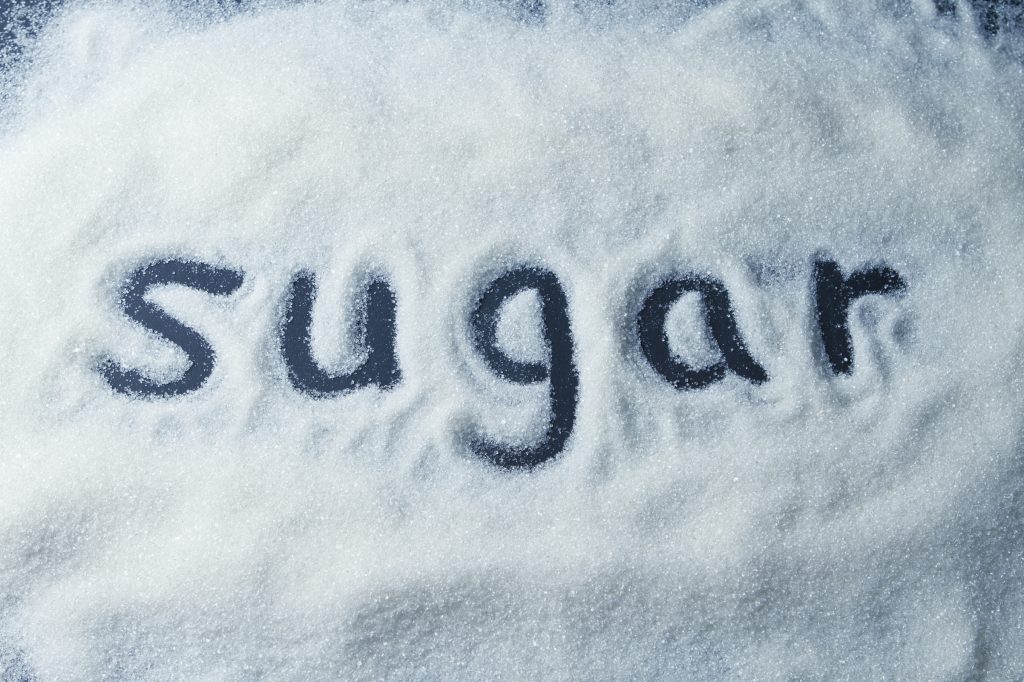When Hank Cardello, director of the Obesity Solutions Initiative at the Hudson Institute, conducted a five year study, he was actually quite surprised to find that consumers are demanding healthier foods. In fact, about 99% of growth in the food industry was happening in the low-calorie foods and in foods with natural, organic ingredients. That’s great right? Well, it can be, but not all food manufacturers act in an ethical way that keeps customers, not profits, at the top of their priority list.
While there are stringent guidelines for foods labeled ‘organic’, there is no standard for ‘natural’ foods. There are also a number of loopholes that companies can take to improve flavor or reduce costs that customers may not choose to consume if they were aware of them. Here are a few trade secrets that you may want to keep in mind when deciding what your family eats.
Low-fat isn’t always better: It can be, but one of the problems is that when you remove the fat from food, it tastes bland. So many products replace that fat with sugar. You can see sugar content on labels and you should stick to about 30g a day. Because sugar is in so many of our products, you may be surprised just how much you consume once you start adding it up.
‘Natural flavoring’ isn’t always natural: Since the word ‘natural’ has no regulations, many manufactures hide a wealth of chemical additives under this misnomer. Be wary of products that list ‘natural flavors’ and do more research before buying.
Red means danger: Red food dyes come in two forms neither of which is great. When foods are colored with carmine or cochineal they use a little bug which is crushed and added to foods. The alternative is a petroleum-based product called Red No. 40 and No. 3 which has been linked to a number of diseases including hyperactivity and cancer.
Sugar, sugar everywhere: For some products, the sugar content is so high, that they like to break it up under a number of harmless sounding ingredients like high-fructose corn syrup, evaporated cane juice, agave nectar, cane crystals, dextrose, and fruit juice concentrate. Don’t be fooled – sugar is sugar and you need to add up all these to see just how much you are consuming.
Fake fiber: You realize how important real fiber is for your health, but many products are filled with what is essentially fake fiber. Fake fiber doesn’t have the same health benefits and it can cause bloating and gas or other digestive issues. Some of these fake fibers are chicory root, polydextrose and maltodextrin.
Multi-grain isn’t whole grain: “Multi-grain” usually means the product is not a healthy choice, it just means several kinds of grain were used. Whole wheat flour is reconstructed from the endosperm (the starch) of the grain with only a percentage of the bran (the outer shell). What you really want is whole grain whole-wheat flour which is one grain in its entirety; including the nutrient bran, germ, and endosperm.

Some preservatives are known carcinogens: Here the governing bodies believe that the threat from other diseases like botulism is greater, so these preservatives are allowed. You can see a comprehensive study here on which preservatives pose the greatest health risks.
Reading food labels is a good start to consuming healthier foods. But it is important to know what you are reading and to understand that not everything that is in the product needs to be on the label. You can also ensure your safety by researching the company itself to see if their ethos is one of genuine concern for the consumer and a commitment to healthy eating.





